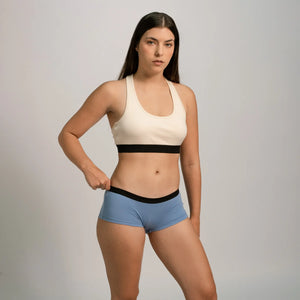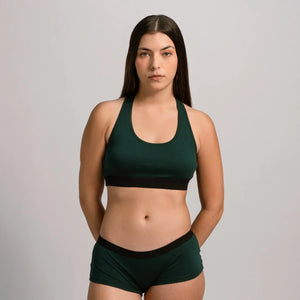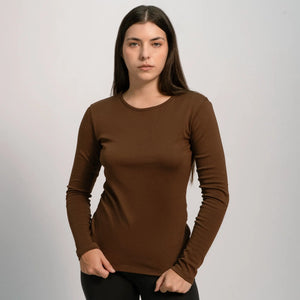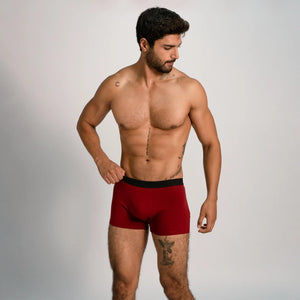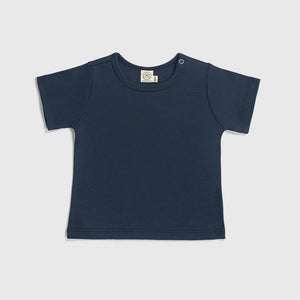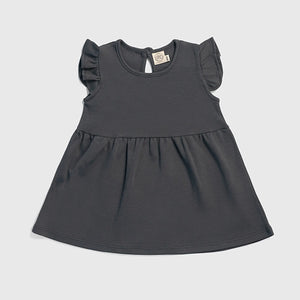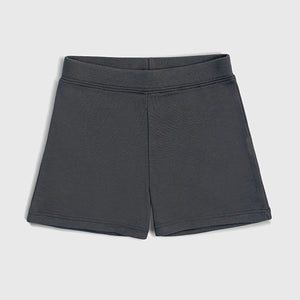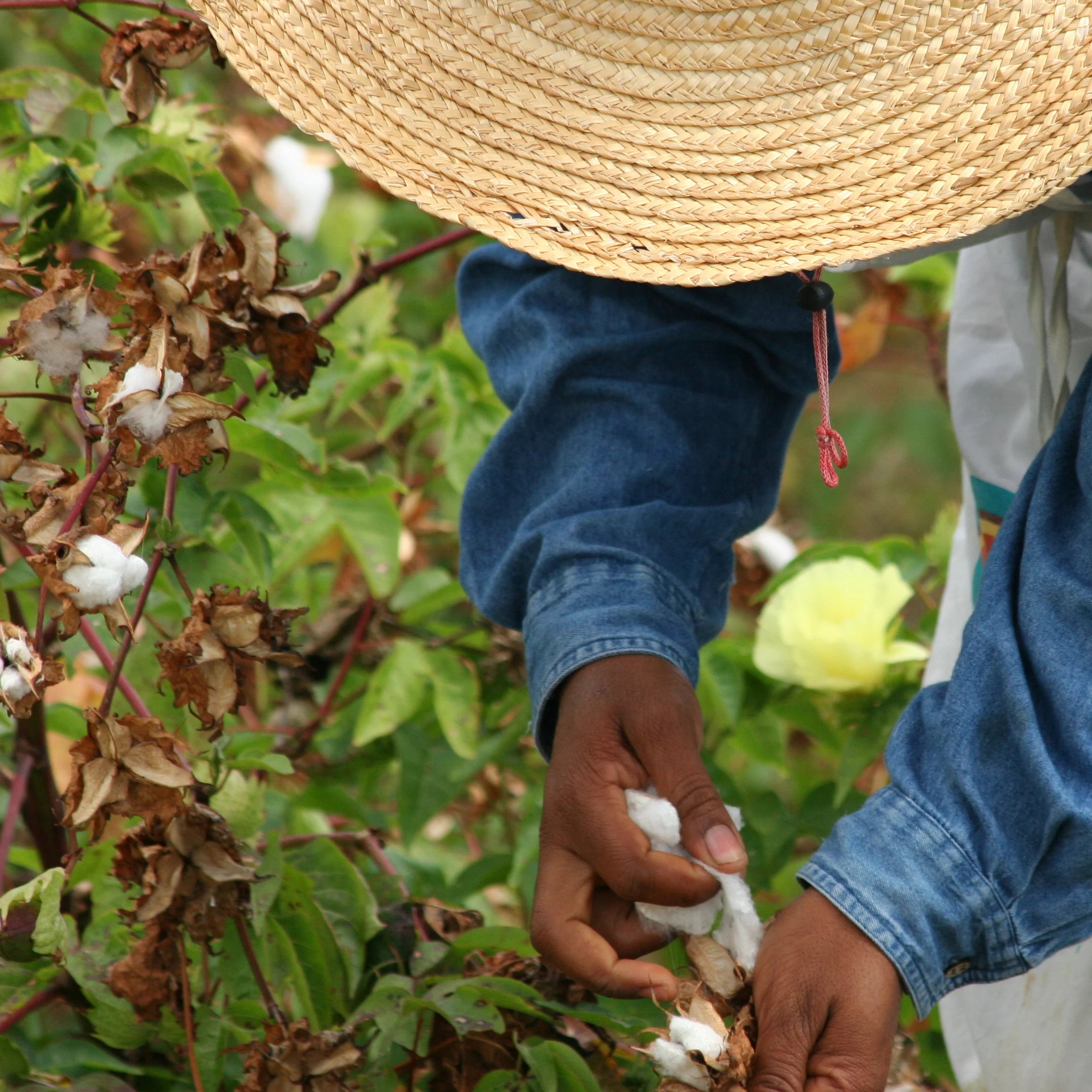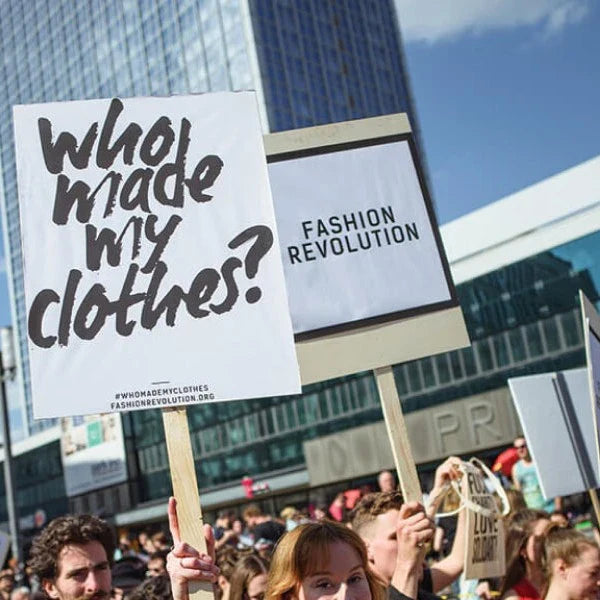New Year, New You?
Sustainable New Year's Habits
.
AYA | JANUARY 10, 2025
READING TIME: 5 minutes
A new year often feels like a clean slate—a time to set bold resolutions and strive for self-improvement. But how often do these resolutions last? More often than not, our big promises fade by February. The key to lasting change? Small, intentional actions. Instead of overwhelming yourself with lofty goals, try focusing on sustainable habits that build over time.
Little by little you can make a significant difference, not only in your life but for the health of the planet.
1. Start Small, Think Big
Big transformations start with small actions. Instead of vowing to "live sustainably," break it down into bite-sized habits that fit seamlessly into your daily life:
- Carry a reusable water bottle. Whether at the gym or the office, a reusable bottle reduces your reliance on single-use plastics [1].
- Bring your own bags. Keep reusable groceries and produce bags handy for shopping trips [2].
- Opt for reusable coffee cups. Disposable cups, even compostable ones, often end up as trash if not properly processed.
- Switch to bamboo or metal straws and cutlery. These small changes quickly become second nature, especially when you keep them within reach in your bag or car.
Every small step builds momentum, leading to bigger changes over time.
2. Invest in Knowledge
Understanding the world around you is the foundation of sustainable living. Learn about the impact of your habits and the choices you make:
- Educate yourself on sustainable materials. Explore eco-friendly alternatives like alpaca wool, organic cotton, or recycled fabrics [3].
- Support transparency in brands. Look for companies that share details about their ethical practices and supply chains.
- Dive into environmental topics. Whether through books, documentaries, or local workshops, knowledge empowers you to make informed decisions.
Every piece of information you absorb is a building block toward a more conscious lifestyle.

3. Choose Food Wisely
What you eat and how you source it can make a significant difference for the planet:
- Buy local and seasonal. Support local farmers and reduce transportation emissions by choosing produce that’s in season [4].
- Cook from scratch. Homemade meals come with less packaging, less waste, and more flavor.
- Be conscious about meat. Opt for ethically raised options like free-range chicken or grass-fed beef, and reduce portions if possible [5]. Explore plant-based meals a couple of times a week.
- Shop at bulk stores. Bring your own containers and shop packaging-free to minimize waste.
4. Embrace Nature in Your Clothes
Choosing natural, Earth-friendly materials isn’t just good for the planet—it’s good for you too. Every purchase can be an opportunity to prioritize products that respect our environment.
- Natural fabrics: Choose options like alpaca wool and organic cotton, which are durable, biodegradable, and free from synthetic plastics [6]. At AYA, we use alpaca wool, cotton and zero plastics in our packaging and designs, ensuring your wardrobe works in harmony with the Earth.
- Biodegradable cleaning and hygiene products: Bamboo toothbrushes, reusable razors, and natural shampoos are kinder to the environment.
- Support sustainable brands: Look for companies that align with your values by prioritizing eco-friendly practices.
When you choose natural materials, you honor the connection between your well-being and the planet’s health.
5. Clean and Care Sustainably
Your home and hygiene routines are great areas to adopt eco-friendly practices:
- Switch to bamboo* toothbrushes. Look for ones with compostable bristles and packaging.
- Try reusable hygiene products. Menstrual cups and fabric sanitary towels are long-lasting, waste-free options.
- Use natural cleaning solutions. Vinegar and baking soda are affordable, effective, and chemical-free alternatives for household cleaning [7].
- Avoid harsh chemicals. Choose biodegradable detergents, soaps, and shampoos.
Small changes in your routine can lead to significant reductions in waste.

* When choosing products made from bamboo, try to ensure the bamboo comes from sustainable sources.
6. Rethink Transportation
How you get around affects your carbon footprint. Start small:
- Walk or bike more. Even replacing one car trip per week with a walk or bike ride can make a difference.
- Use public transport. Swap car rides for buses or trains whenever possible.
- Carpool when you can. Sharing rides reduces emissions and traffic.
- Fly less. For shorter trips, explore bus or train options. For long-distance travel, consider offsetting your carbon emissions.
Changing Demographics and Preferences
The pandemic also highlighted shifting demographics in the fashion market. Younger consumers, particularly Gen Z and Millennials, became increasingly influential in shaping purchasing trends. Research from the Institute for Sustainable Fashion indicates that younger generations are more likely to support sustainable brands, with 83% of Millennials stating they prefer to buy from companies that share their values [7,8].
Moreover, with the rise of remote work, many consumers reported a preference for comfort over style. A study published in the Journal of Fashion Marketing and Management noted that comfort became the primary driver of clothing purchases for many consumers, with 65% prioritizing comfort in their buying decisions [9]. This trend is likely to persist as remote work becomes a more permanent aspect of many industries.

Changing Demographics and Preferences
The pandemic also highlighted shifting demographics in the fashion market. Younger consumers, particularly Gen Z and Millennials, became increasingly influential in shaping purchasing trends. Research from the Institute for Sustainable Fashion indicates that younger generations are more likely to support sustainable brands, with 83% of Millennials stating they prefer to buy from companies that share their values [7,8].
Moreover, with the rise of remote work, many consumers reported a preference for comfort over style. A study published in the Journal of Fashion Marketing and Management noted that comfort became the primary driver of clothing purchases for many consumers, with 65% prioritizing comfort in their buying decisions [9]. This trend is likely to persist as remote work becomes a more permanent aspect of many industries.

7. Cultivate Mindfulness
Mindfulness isn’t just about meditation; it’s about being present in your actions and their impact.
- Be conscious of your habits. Reflect on your choices, like how often you buy new clothes or how you dispose of waste.
- Practice intentional consumption. Before purchasing, ask yourself: Do I truly need this? Will it serve me long-term?
- Reconnect with simplicity. Sometimes, less really is more—whether it’s reducing your wardrobe to timeless, quality pieces or spending quiet moments in nature.
- Fly less. For shorter trips, explore bus or train options. For long-distance travel, consider offsetting your carbon emissions.
By being mindful, you make choices that align with your values and contribute to personal growth.
Changing Demographics and Preferences
The pandemic also highlighted shifting demographics in the fashion market. Younger consumers, particularly Gen Z and Millennials, became increasingly influential in shaping purchasing trends. Research from the Institute for Sustainable Fashion indicates that younger generations are more likely to support sustainable brands, with 83% of Millennials stating they prefer to buy from companies that share their values [7,8].
Moreover, with the rise of remote work, many consumers reported a preference for comfort over style. A study published in the Journal of Fashion Marketing and Management noted that comfort became the primary driver of clothing purchases for many consumers, with 65% prioritizing comfort in their buying decisions [9]. This trend is likely to persist as remote work becomes a more permanent aspect of many industries.


8. Celebrate Every Step Forward
Sustainable living is not about perfection—it’s about progress. Recognize every small victory, from carrying your reusable cup to trying a plant-based meal. These steps matter, and they add up.
- Reflect on your progress. What habits have stuck? Celebrate them, no matter how small they seem.
- Encourage others. Share your journey with friends or family, inspiring them to make their own changes.
- Keep moving forward. Growth isn’t linear, but every step you take is one in the right direction.
Why Your Habits Matter
Every action, no matter how small, contributes to a larger ripple effect. Whether you’re choosing sustainable fabrics, cooking with seasonal ingredients, or supporting local businesses, your habits help shape a better future. Remember, progress is about building on the small changes you make daily.
At AYA, we believe in empowering individuals to embrace mindful and sustainable living. From our carefully designed eco-conscious garments made with natural dyes and sustainable alpaca wool, to our commitment to transparency, we’re here to inspire a greener future. Let’s make 2025 the year we take small steps that lead to lasting impact—together.
Glossarykeywords
Alpaca wool:
A sustainable, natural fiber that is soft, durable, and biodegradable, used in eco-friendly clothing.
Biodegradable:
Materials that can naturally break down into non-harmful components in the environment.
Carbon footprint:
The total greenhouse gas emissions caused by an individual, event, or product.
Composting:
The process of decomposing organic waste into nutrient-rich material for gardening.
Ethically raised:
Livestock raised in humane conditions without practices like factory farming.
Mindfulness:
Being present and intentional in actions, including the impact of choices on the environment.
Packaging-free stores:
Shops that allow customers to bring their own containers to reduce packaging waste.
Sustainable fashion:
Clothing made using eco-friendly materials and ethical production practices.
Zero waste:
A philosophy of minimizing waste by reusing, recycling, and reducing materials.
Glossarykeywords
Alpaca wool:
A sustainable, natural fiber that is soft, durable, and biodegradable, used in eco-friendly clothing.
Biodegradable:
Materials that can naturally break down into non-harmful components in the environment.
Carbon footprint:
The total greenhouse gas emissions caused by an individual, event, or product.
Composting:
The process of decomposing organic waste into nutrient-rich material for gardening.
Ethically raised:
Livestock raised in humane conditions without practices like factory farming.
Mindfulness:
Being present and intentional in actions, including the impact of choices on the environment.
Packaging-free stores:
Shops that allow customers to bring their own containers to reduce packaging waste.
Zero waste:
A philosophy of minimizing waste by reusing, recycling, and reducing materials.
References:
[1] Brandon, A. (2023). Opportunities and Impacts of S-ingle-Use Plastic Source R.
[2] Dhiman, V., Pant, D., & Sharma, S. D. (2022). Single-use plastics: An escalating global environmental problem. In Economics and Policy of Energy and Environmental Sustainability (pp. 215-243). Singapore: Springer Nature Singapore.
[3] Thapliyal, D., Verma, S., Sen, P., Kumar, R., Thakur, A., Tiwari, A. K., Singh, D., Verros, G. D., & Arya, R. K. (2023). Natural Fibers Composites: Origin, Importance, Consumption Pattern, and Challenges. Journal of Composites Science, 7(12), 506. https://doi.org/10.3390/jcs7120506.
[4] Weber, C. L., & Matthews, H. S. Food-miles and the relative climate impacts of food choices in the United States. Environ Sci Technol. 2008;42(10):3508-13. DOI:10.1021/es702969f.
[5] Poore, J., & Nemecek, T. (2018). Reducing food’s environmental impacts through producers and consumers. Science, 360(6392), 987-992. DOI: 10.1126/science.aaq0216.
[6] Sigaard, A. S., & Laitala, K. (2023). Natural and Sustainable? Consumers’ Textile Fiber Preferences. Fibers, 11(2), 12. https://doi.org/10.3390/fib11020012
[7] Zoller, U. (2004). Handbook of detergents, Part B: Environmental impact. CRC Press.
You don't have to put all the weight on your shoulders. Every action counts. At AYA, we fight microplastic pollution by making a 100% plastic-free catalog.
Visit Our Shop →You May Also Like to Read...
Trump’s Plastic Rollback: How It Threatened Sustainable Fashion Growth
Explore how Trump’s plastic policies impacted sustainable fashion’s growth and consumer demand. Also, learn how to navigate these regulatory challenges.
Fair Trade World Day: Why Ethical Fashion Can’t Wait
This Fair Trade World Day, explore why ethical fashion is urgent. Discover the hidden cost of fast fashion—and how fair trade offers a way forward.
Exploring the Environmental Impact of Conservation Efforts
Explore how environmental art and activism, from land installations to protests, often leave unintended ecological scars where conservation efforts clash with sustainability.
Fashion Revolution Day 2025: Mending Sustainable Fashion
Fashion Revolution Week 2025: Learn how transparency transformed luxury brands like Gucci. Act now for garment workers’ rights & sustainable innovation.
